
The ‘COVID Frustration’ is real. Travel restrictions have barred more than just our movement, significantly limiting our access to the comforts that we have come to rely on. Heading to a pub or a restaurant to catch up with friends is now a distant memory. At times, it feels like the concept of physical socializing itself has come to end…forever. Working from home whilst trying to juggle domestic obligations, official deadlines, and managing one’s children has added to our daily struggle. Job security is all but absent and our economic framework seems to be teetering on the verge of collapse.
#StayHome, #StaySafe and #SelfQuarantine are the new bywords used in every single talk, tweet, post or publication; our only windows to the outside world in this pandemic prone phase. Honestly, listening to cliche placations like, “This is the new normal”, or “This too shall pass”, is enough to make one want to scream! Is it any wonder then that our nights are plagued by sleeplessness, despite plodding through days that appear to lethargically blur together?
There is no denying that the world has gone through radical upheaval in 2020. As the Novel Coronavirus continues to spread indiscriminately across the entire world, life as we knew it has been forced to change. Today, every single person is experiencing the frustration of living with COVID-19 in their own way.
The direct effect on over 12.7 million people ( https://covid19.who.int/), who have contracted this disease and are battling for their survival is horrifying, and one cannot help but be flooded with empathy for the grief-ridden families whose loved ones have been snatched away by this vicious virus. The economic impact has been even greater, completely destroying the means of livelihood for billions of people around the world.

In the wake of such devastation, there is often, a profound sense of guilt associated with expressing one’s frustration on basic social and behavioural restrictions. However, these social anxieties are real and are just as sinister a threat, often manifesting as increased cases of depression and mental disease. Collectively, as a consequence, fighting COVID frustration has become one of the biggest challenges of our time.
EVEREST – A Frustrating Expedition
In 2015, I set out, along with my climbing partner and good friend, Sauraj Jhingan, on what I thought would be an epic journey, to climb Mt. Everest. Little did I know that the three-month expedition would turn into a long, (and often exasperating), odyssey that would eventually take us over four years. After a tremendous amount of preparation during the first attempt, our expedition came to a sudden and tragic end when on the 25th of April 2015, a massive earthquake in Nepal triggered a huge avalanche at Everest Base Camp, burying us under ice, snow and glacial debris as it engulfed our entire camp.
Fortunately, we survived the avalanche and returned to Everest two years later, in 2017, only to be thwarted yet again. A mere 900 meters from the summit, our entire team was stranded in a storm for 26 hours, at 8000 metres above sea level. After another Herculean effort, we returned to the mountain for the 3rd time, and on the 18th of May 2018, we finally stood on the summit of Everest, feeling both, literally, and figuratively on top of the world.
I am often drawn into conversations involving the fears and frustrations we experience on Everest, and how we dealt with them. To be brutally honest, there was no magic formula that fixed everything. We did feel exasperated and anxious often enough, and we struggled to get out from under the crushing fear of each of our failures too. We lived in extreme, isolated, and hostile conditions. We feared for our lives with every experience and with each step, from crossing bottomless ice crevasses to being buried under an avalanche. Everything was scary. Every failed attempt was depressing. When I look back on it all, I find myself empathising with today’s predicament, and can’t help but draw several parallels with the challenges people are facing on a daily basis, right now.
Living in Challenging Times
Defining problems and understanding the reasons behind them often allows us to negotiate such challenges in our minds. While I do not possess formal qualifications in psychology or sociology, my limited opinion on the following aspects that I feel contribute significantly to ‘the COVID frustration’ is based on extensive conversations with friends, family, and colleagues, coupled with my review of several publications.
-> Dealing with a radically changing environment
While we are all aware of the inevitability of change, nothing could have prepared us for the pace at which our lives would have to undergo this radical shift. Overnight, we have been forced to accept this new environment, and have had to make behavioural modifications which at times are in complete opposition to those dictated by our personalities.
The mountains are an extremely volatile environment, constantly changing and fraught with danger. Huge variations in temperatures and weather as well as high altitude, subject climbers to extreme physiological changes, especially on Everest. Experience has taught me to accept these uncertainties as an intrinsic part of each expedition. I now find myself hoping for the best, but learning to prepare for the worst in every situation.
-> Frustration of indefinite timelines
Governments, healthcare professionals and disaster management cells; the systems we turn to don’t have any concrete answers or accurate predictions. As of July 2020, we seem to have entered a new phase of COVID-19. There is a level of acceptance over the existence of the virus and that it is a serious, often even fatal threat, but most frighteningly, it doesn’t seem controllable.
Meanwhile, Governments across the world are making staggering attempts to revive their economic machinery with various restrictions being lifted under plans such as ‘Unlock-1, Unlock-2’, etc. It is a delicate balance between allowing progress and limiting the spread of the virus, with the latter always seeming to gain the upper hand. Thus, any steps in the direction of a return to normalcy seem to be recalled immediately with lockdown being announced again over an extended weekend or a few weeks. Once again, everything comes to a grinding halt. This game of cat-and-mouse seems to be the only constant in this seemingly impossible situation.
The only glimmer of hope; the proverbial light at the end of a very long and dark tunnel, is the possibility of a vaccine in the future. No wonder we are overwhelmed by feelings of helplessness or hopelessness, which directly result in an increase in our cognitive vulnerability**.

The science of climbing Everest relies largely on accurately predicting the ideal weather conditions to reach the summit. These are derived from studying the stratospheric jet-stream winds that prevail over the summit of Everest and their collision with the approaching monsoon winds in the month of May, creating a high-pressure zone above the mountain. This phenomenon results in a narrow window of ideal weather conditions. This could range from five to fifteen days during which all aspiring climbers attempt, and hope to reach the summit. Most Everest climbers learn to brace themselves for a long wait over the months leading up to the summit. However, as most of you have probably guessed, predicting the weather is not always an exact science. Even when you get the timing right, there is no guarantee of success. My personal experience on Everest extended over four years and involved two failed attempts. A fair bit beyond the three months I had initially thought it would take.
-> Fear of the unknown
As our interaction with the COVID-19 infection escalates from studying mere statistics, to hearing of cases of someone we actually know, we are increasingly forced to face our own mortality. The dichotomy of rapidly increasing numbers of affected cases, coupled with the relaxation of restrictions, have made us consciously aware of our increased risk of exposure. This constant awareness of our vulnerability and the glaring possibility of our death is known as Mortality Salience***, which can often lead to a heightened state of anxiety and stress.
This fear of death manifests itself subconsciously into our daily actions as well and can cause us to forge some inadvertent but obsessive habits such as constantly checking news updates on the escalating count of patients or installing apps that provide visibility on the number of reported cases in our vicinity, which adds drastically to our state of anxiety.
While climbing, we were constantly exposed to extreme cold, oxygen deprivation, the risk of falling into crevasses and in our particular case, we were even hit by an avalanche. The focus was to reach the top of the mountain, and in order to do that, we had to accept the dangers of the environment we lived in. Knowing this, at times even resulted in a state of heightened awareness. We had to function in a constant state of danger, and have come to appreciate the subtle difference between being cautious and being afraid while accepting it.
Lessons from Everest

There is no universal antidote to frustration. We lived in an extreme environment for two months, spending each day either sleeping on a glacier or climbing farther up the mountain, experiencing sustained stress for prolonged periods of time. Even though it was often recommended, I never did have the patience for yoga or meditation. Instead, I immersed myself in books and music, and in doing so, developed my own coping mechanisms. On average, one in ten climbers would go back home before the first month was through, having succumbed to the strain and anxiety of the expedition. Looking back now, my collective years on Everest have left me with a lasting impression of what I consider some of life’s most valuable lessons. I’ve tried to include a few of these in the paragraphs that follow:
-> Define your Goal
I know this sounds like an obvious lesson from a self-help book, but I cannot even begin to emphasize how important this is. On Everest, the goal seemed evident; reaching the summit. This became a single focal point for us and helped us even during moments of weakness when the passion for climbing was no longer enough. However, in 2017 when we were faced with a nearly impossible decision at 8000 meters and had to determine whether to brave the weather, it was this very definition that put things in perspective for us. Over time, our goal had imperceptibly evolved into something much larger. It was not about merely reaching the summit; we had to make it to the summit and come home safely. As Karishma, (my wife), sometimes comments, looking back, we had three successful expeditions where we came home every time and reached the summit, once.
In March, when the National Lockdown began in India, I was confused and frustrated. This was peak season for Adventure Pulse, and we were forced to cancel all our treks. In fact, this would be the first time in ten years that I would not spend summer in the mountains leading a group. After moping around for a week, we suddenly realized the opportunity that we had. We revamped several aspects of our business, (some of which had been seriously neglected), and additionally devoted time to improving our website and seeking reviews on Trip Advisor. We even began to develop content and focused on repopulating our video and blogging channels.
On the personal front, Karishma and I signed up for an online dance class, finally learning the jive; a spectacular achievement for me as I was born with two left feet, and a welcome deviation from our regular domestic routine, which was sure to have gotten boring in no time.
During the last three months, Sauraj and I, (with the help of several amazing people) have even been writing a book chronicling our Everest experience.
The goals you set can either be your personal ‘Everest’, or a series of small milestones. Learning a new a skill, taking a language class, finishing a DIY project at home, or working on your health and fitness; anything that you have always wanted to do.
* Build your Team

We are constantly being bombarded by social and digital noise; the outspoken journalist, the nosy neighbour, or the doomsday prophesier. After our second expedition, I remember having to endure comments like, ‘It was God’s will,’ and ‘If it had meant to be, it would have happened’. These comments would leave me feeling depressed and vulnerable. I had almost started to believe them too, but I was fortunate in that I had a core team comprising Sauraj, my wife and my parents, along with a few close friends who constantly supported me. These were simultaneously my co-conspirators and confidantes, who encouraged me and were always there to pick me up when I fell. Without them, I would have given up before I ever reached the mountain.
Over the last few months, my cousins Alan & Sheena, have been a tremendous source of comfort for Karishma and me, scheduling calls, playing online games or exchanging notes on future holiday destinations. Sauraj’s family, initiated by his brother Rachit, have a bimonthly Tombola Game**** (a version of Bingo), where the excitement and stakes are both very high.
At work, Team Adventure Pulse (namely Umang, Suchit and Vinay), has been incredible. Despite each of them being in different cities, they have been steadfast in their support and have never shied away from exploring new initiatives. They insist on having a daily conference call with the entire team, though we connect several times in the day on WhatsApp, email or Instagram.
Spend time building your core team; people who are as committed to your goal as you are, both professionally, and on the personal front, and see what a difference it makes.
-> Ask for Help
I personally feel that this was the most important lesson I learnt as it is often the biggest challenge one has to face. Not wanting to appear weak, or afraid of it being perceived as a failure, we hesitate to reach out for social, emotional or financial help.
Everest was one of the most humbling experiences for me. In order to climb, we needed to raise USD 45,000 (roughly 34 Lakh Indian Rupees) per climber, per attempt. Considering we had to go through this exercise three times, Sauraj and I reluctantly cast out egos aside, and sheepishly approached as many people as we could (hat-in-hand) in an attempt to raise the finances. To our surprise, we received incredible support, not just from family, but also from friends, teachers, former colleagues and well-wishers that we didn’t even know we had.

There are days when I wake up, overwhelmed by current events. Getting out of bed is a struggle and binge-watching Netflix from the safety of my couch wearing pyjamas is the highlight of my day. Sometimes taking a day to unwind is okay. However, when it starts progressing for several days, I know I need to talk to someone, even if it’s only to vent my frustration. It may not necessarily be Karishma and there are times when she feels the same way and that’s okay too. Your core team can step in when you need to talk. However, you may even find a separate confidante who fills this role; a friend, a mother, a professional counsellor or (my personal favourite), a cute four-legged pooch — someone who makes an excellent listener, minus any unsolicited advice.
It is not my intention for any of this to come across as pop-psychology; I have merely tried to share my experiences and a few observations that have enabled me to deal with an extremely volatile, dangerous environment while climbing Everest. Like everyone else, I have had to deal with several social changes which have left me exasperated over the last few months too. I fully appreciate and empathize with the daily social anxieties we all face; and it is my hope that this post will help you find the tools you need to fight the COVID frustration, in some small way.
Please do share your experiences, comments, queries or concerns and feel free to reach out if you need someone to talk to. I eagerly look forward to hearing about your experiences too and hope that in the meantime, you can spend a little while contemplating one of the world’s most profound questions — ‘What’s your Everest?’
Edited by : Karishma Chauhan
REFERENCES: –
** Cognitive Vulnerability
- Cognitive vulnerability to depression – https://www.ncbi.nlm.nih.gov/pmc/articles/PMC4083570/
- What is Cognitive Vulnerability? – https://www.igi-global.com/dictionary/implicit-cognitive-vulnerability/60468
***Mortality Salience
- Defining Mortality Salience – http://psychology.iresearchnet.com/social-psychology/self/mortality-salience/
- Effects of Mortality Salience on Physiological Arousal https://www.frontiersin.org/articles/10.3389/fpsyg.2019.01893/full
****Tambola Game
- What is Tambola? – https://www.wikihow.com/Play-Tambola

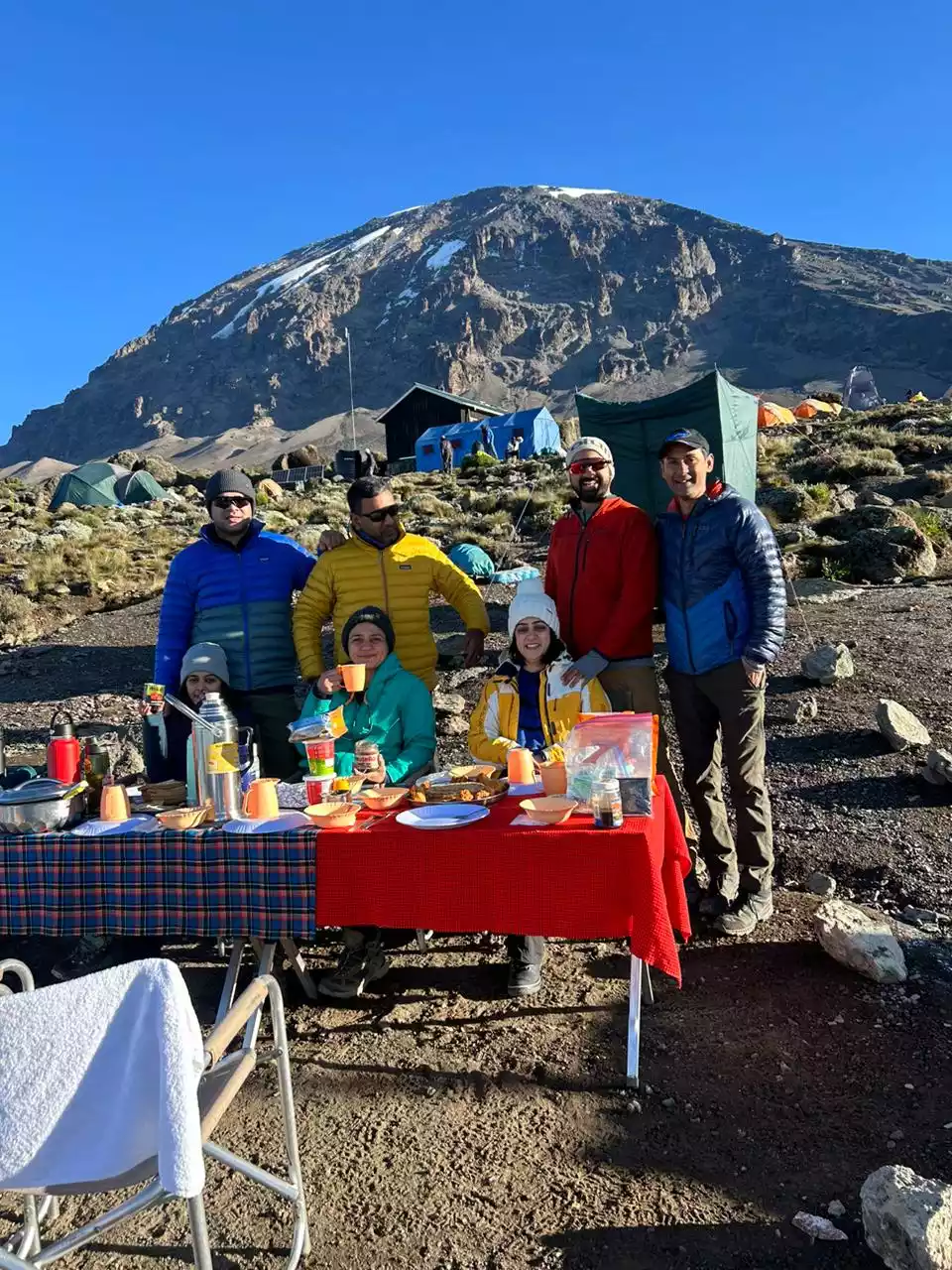
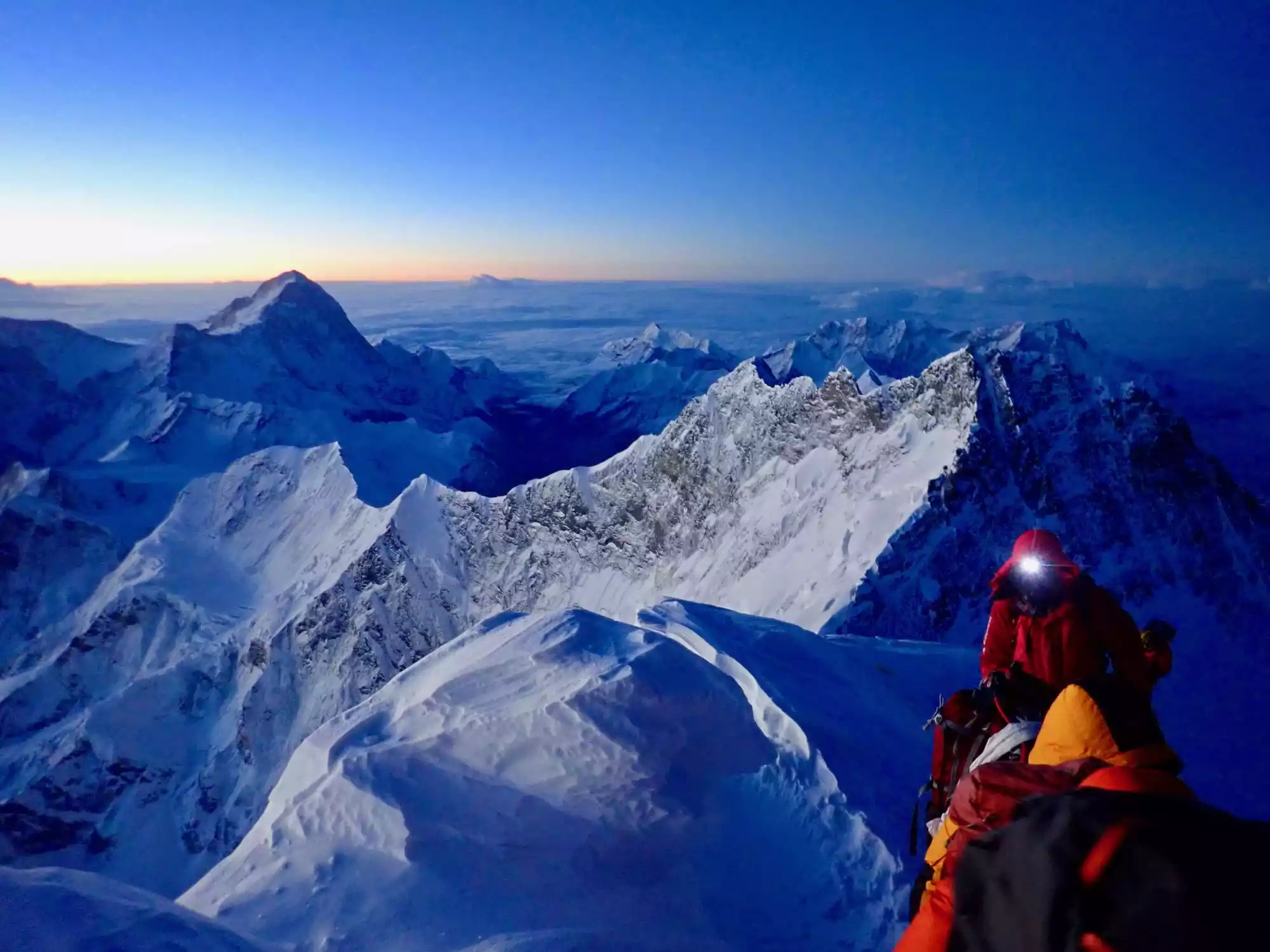
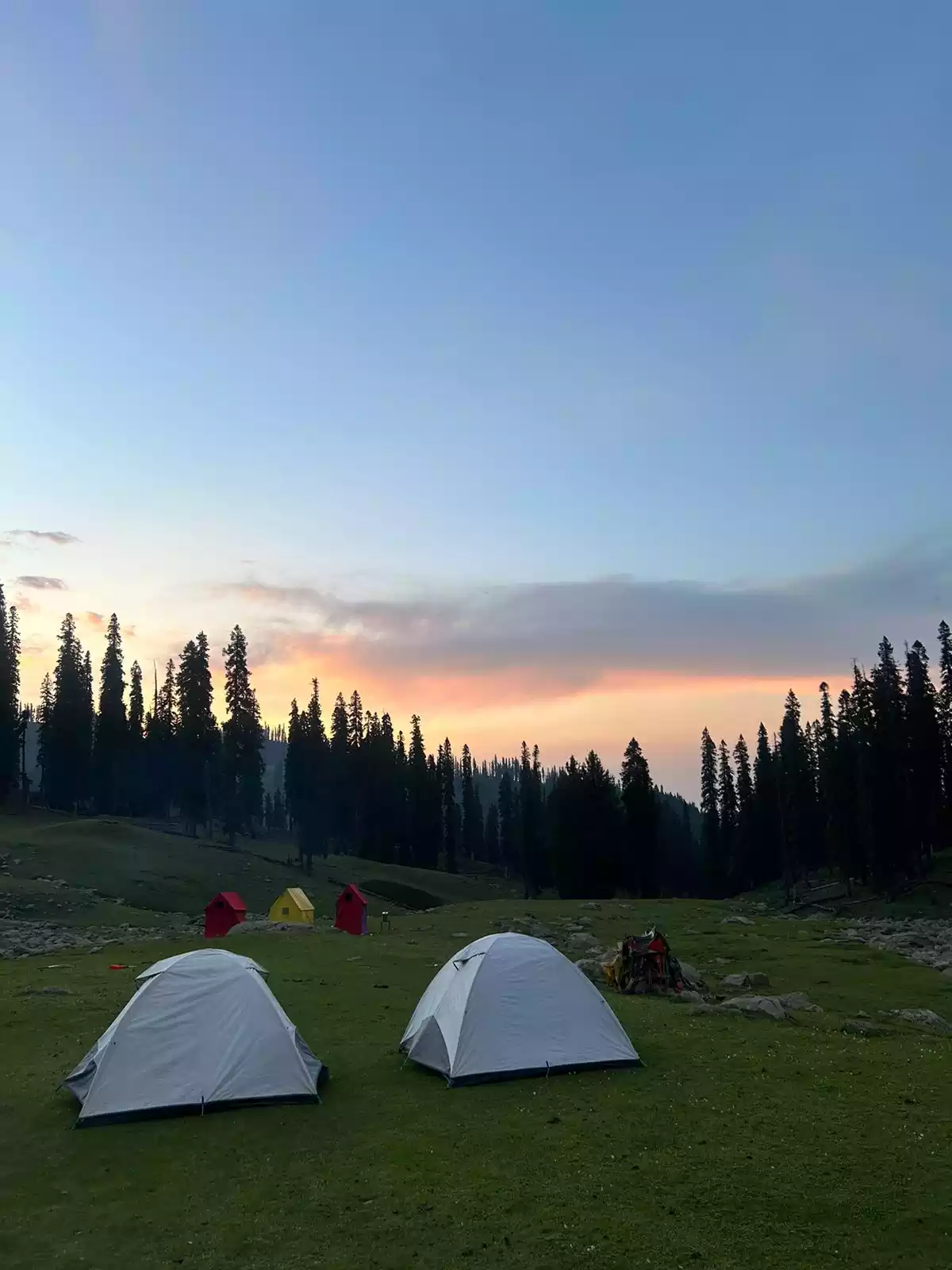
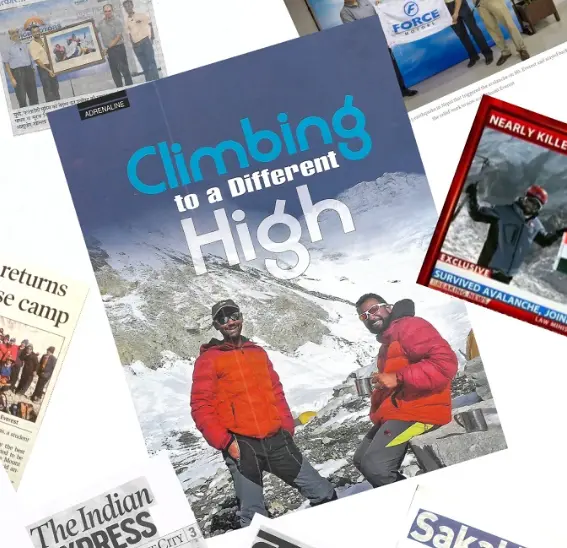
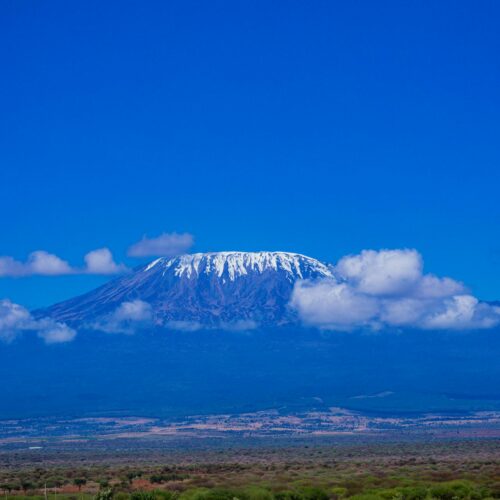


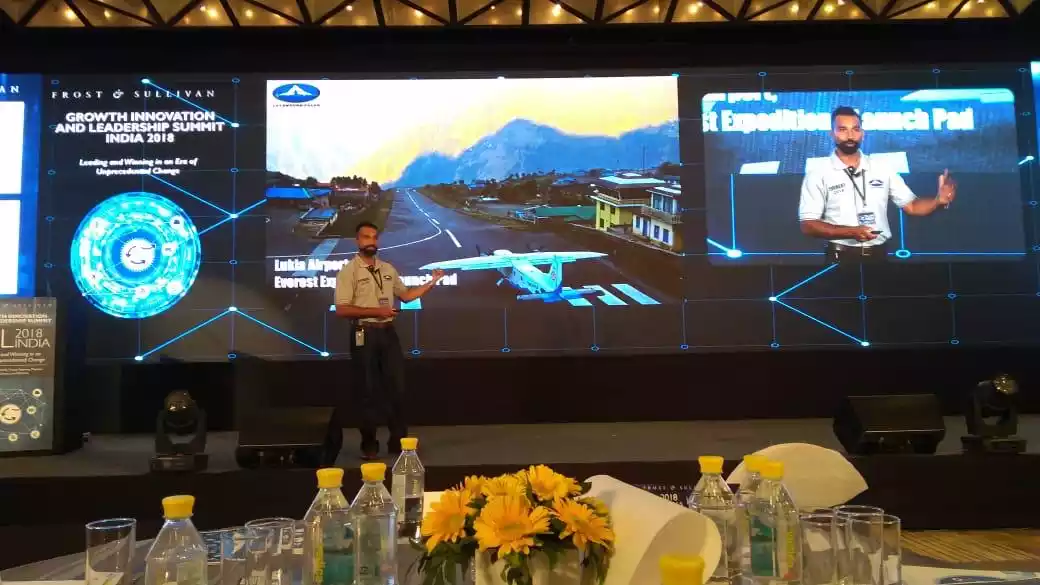
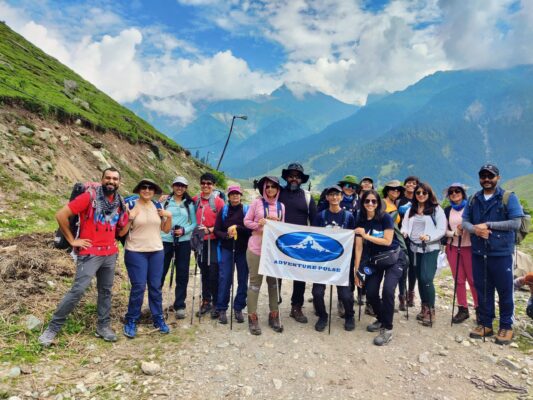
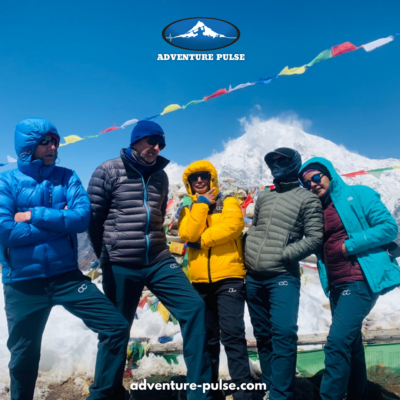
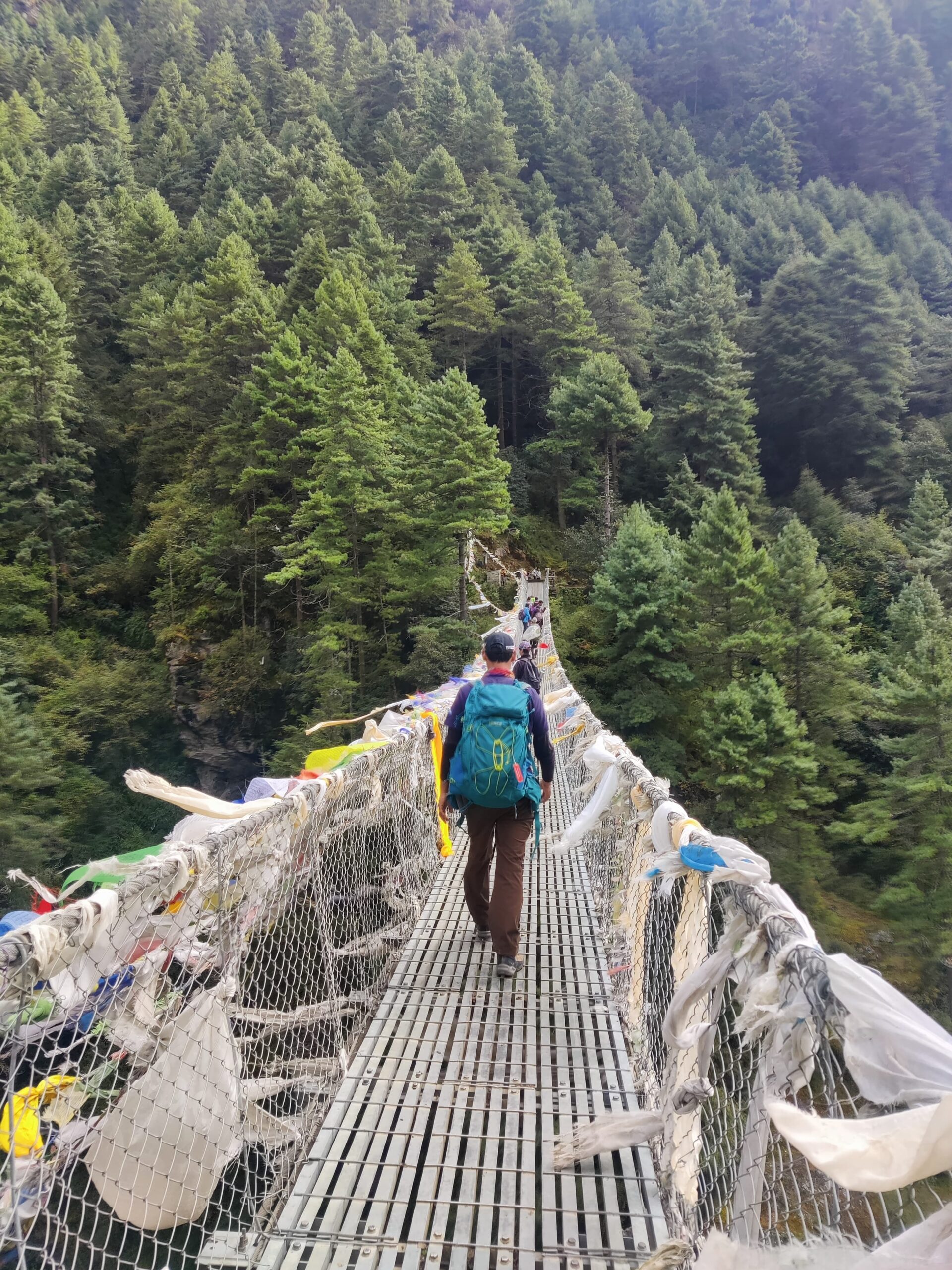
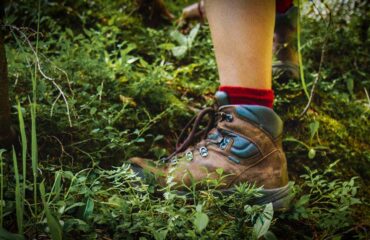
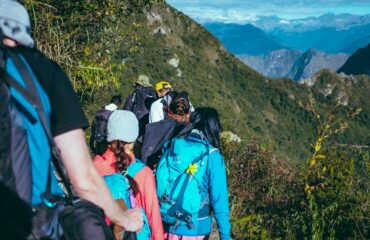

What a lovely piece, written from the heart. And all very sensible advice. Keep writing your blog. I look forward to your book on Everest by way!
This was beautiful, love and hugs. Can’t wait to read your book!
Great read Sam. Thanks for sharing – I tend to agree with most of the points and there are many parallels from your Everest expedition and many other things in life to this current situation. In the larger scheme of things and maybe in a long timeline, this would be a humbling experience for many of us. Also, sometimes you just need someone to listen to you – so your pooch is the best buddy.
Keep writing and looking forward to your book.
Partha
Good thoughts Sam and a a great read for all of us. Learning how to cope and build on our strengths is definitely something that is being taught to us during this time.
Keep on writing and finish the book. Look forward to reading it
Salil
Great story Samir. Reminded me of Ahluwalia’s book ‘Higher than Everest’. More power to you, Karishma and your entire team. Keep inspiring people in these tough times.
Brilliant write-up.. I cant wait for the book!